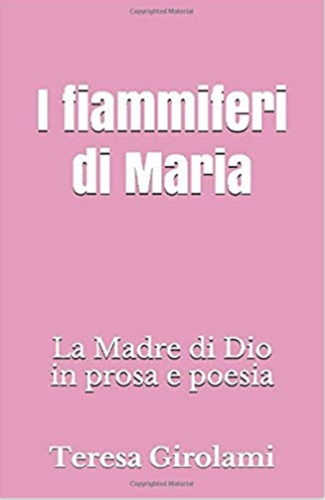A teenager travelled attached to a train for several kilometres.
It is neither the only nor the first madness among 'bored and satiated' teenagers [not all] to whom we parents have given, in my opinion, too much.
There are several dangerous games in vogue: jumping from one balcony to another, or similar feats; binge drinking, pretending to strangle oneself, hanging upside down.
I read on social media that the latest stunt is to beat up passers-by and put it all on the net (I don't know if this is reliable).
Such abnormal behaviour could perhaps be avoided if parents set limits, but often they don't have them either.
It is true that such behaviour may be due to emulation of some false myth.
But beyond these extreme behaviours, playing is important for the human being.
In ancient times, Aristotle likened the concept of play to joy and virtue, while Kant called it a 'pleasurable' activity.
In the 1938 book Homo Ludens, Huizinga says that culture is born in a playful form, because everything comes in the form of play; and by playing, the collective expresses the explanation of life: play does not change into culture, but culture initially has the character of play.
In psychology, play plays a key role in the psychological development of the child - above all, of his or her personality.
Roger Caillois in his book 'Games and Men' (Ed. Bompiani) groups playful activity into four substantial classes, depending on whether competition, chance, simulacrum or vertigo prevails in the game.
He named them Agon (competition), Alea (chance, fate), Mimicry (Mimicry, disguise), Ilings (Vertigo). This distinction groups games of the same species.
In the game we first find amusement, undisciplinedness, little control, to which the author gave the term 'paidia' to arrive later at a disciplined, rule-abiding activity (Ludus).
Agon represents personal merit and is manifested in both its muscular and intellectual forms.
Examples are sports competitions, but also games of intellectual ability. The main aim is to assert one's own superiority.
Alea is the Latin word for the dice game; here the player is helpless and relies on fate, on destiny.
Mimicry includes acting, mimicry, disguise. Man abandons his own personality to pretend another.
Mimicry is conjuring; for the actor, it is attracting the other person's attention.
The last class of games described by Caillois is called Ilings.
It consists in making the consciousness feel a considerable fright.
This bewilderment is usually sought for its own sake.
Caillois gives us the example of the dancing dervishes who seek intoxication by turning in on themselves to the increasing rhythm of drums and the fear consists in this frenzied turning in on themselves.
On the other hand, without looking for striking examples, every child knows the effect of whirling around.
This kind of play is not only found in human beings, but also in the animal world.
Dogs sometimes spin on themselves to catch their tails, until they fall off.
The author cites the case of chamois as indicative.
According to Karl Groos, 'they climb up snowfields and from there each one jumps up the slope while the others watch' with the risk of crashing down.
In the course of my profession, I have often encountered teenagers playing games of this kind.
Boys on mopeds challenging cars or running red lights. Or even worse, who played walking in a slightly inebriated state on the side of a bridge.
In the last years of my profession I noticed that several teenagers were getting cuts on their bodies.
The incidents reported in the media about these extreme behaviours should not be ignored.
Of course we have all had moments when we have felt a sense of vertigo: swings as children, or games at the various amusement parks come to mind.
With increasing affluence, society often produces more and more powerful cars and motorbikes.
And there [beyond the status symbol] is also a conscious or unconscious search for a sense of vertigo.
But it should be understood that by associating vertigo (ilings) with fate (alea)... the game becomes danger - sometimes deadly.
Francesco Giovannozzi psychologist-psychotherapist.












